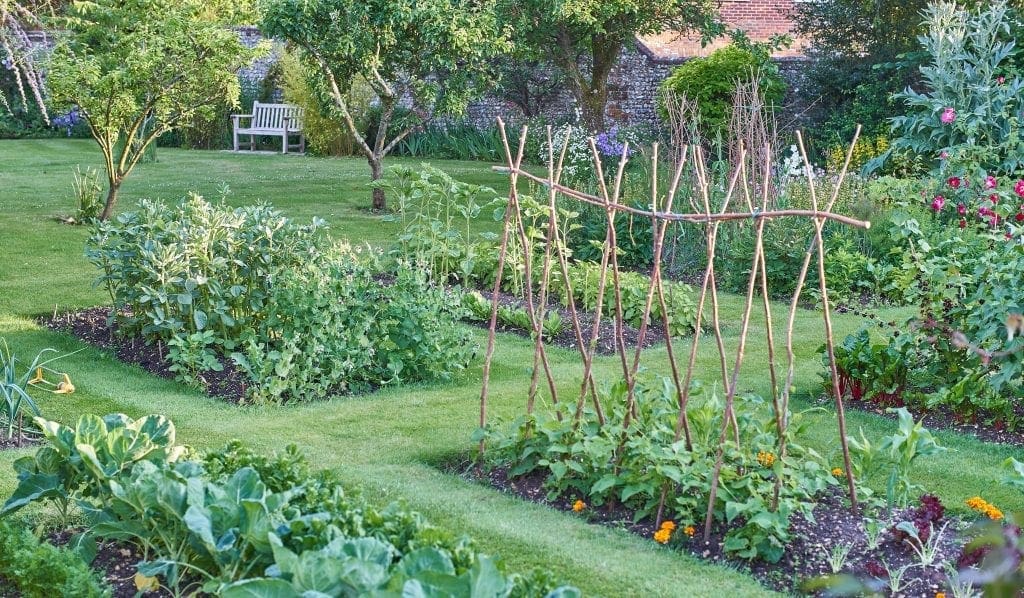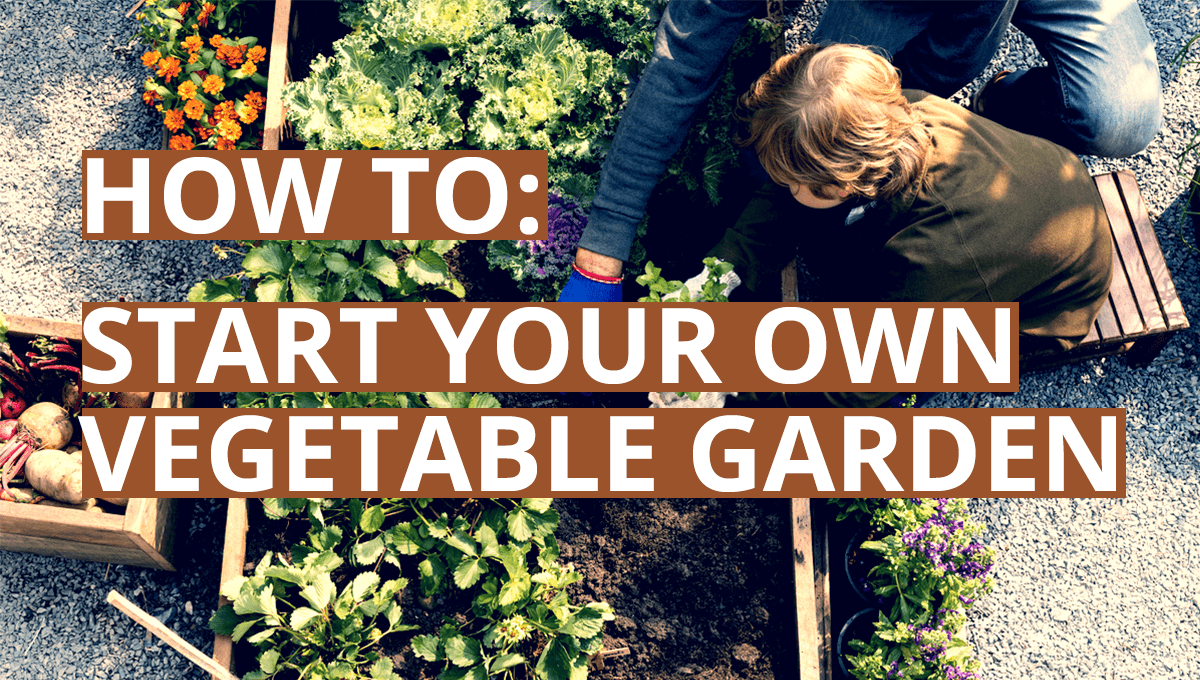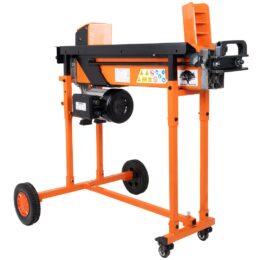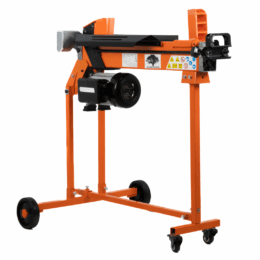Last Updated on March 29, 2021 by Forest Master
So you’re looking at getting an allotment, or perhaps you already have one, and now you need to know what it takes to seed your own vegetable garden.
There’s nothing more fruitful than growing your own veg (excuse the pun) and the satisfaction you get from watching your seedlings grow and flourish under your supervision is something special.
And rather unsurprisingly, requests for allotments have more than doubled since the start of lockdown, so it’s clear to see the effect that getting outdoors does for your mental!
This blog post will quickly and easily outline what you need to do to get your very own vegetable garden up and running in no time, using proven methods we ourselves have used.
We break it down to make it easy, removing the stress and second guessing from seeding your own vegetable garden.
Ready to go? Read on!
Mark out the area you want to grow in
First things first, mark out the whole area that you’re planning to use for your veg garden.
In my experience, people most commonly go for about 8/12 foot x 4 foot, but the dimensions are completely up to you.
Just bear in mind that plants sometimes need more space than you’d expect, and it’s better to go bigger and leave some unused than to realise you suddenly don’t have enough space.

If you’re a beginner, start small and manageable – but still mark out all the areas. Those you’re planning on using next season can be covered to kill grass and weeds making it a much simpler job when you do come to use it.
Once you’ve figured out where you’re putting your patch, mark it out with bamboo poles and string.
This means when it comes to doing the next step, you can keep your lines nice and straight, keeping a pleasant aesthetic.
Digging Your Patch
The idea here is that you want to remove as much of the grass and weeds as you possibly can, and depending on how quick you want your vegetable patch up and running there are two different ways of doing this.
You can either take off the topsoil, which is about the depth of a spade, cut it into strips (as it’s fairly heavy) and remove it.

The key here is getting rid of anything that’s going to interfere with the growing of your vegetables, so be thorough and take your time to remove any weeds/stones.
All the effort you’re putting in now to prepare your garden properly is all in the name of a bountiful harvest, and it’s definitely worth it.
Remember – roots are significantly lighter than that soil (obviously) so just by sifting your fingers through you’ll be able to bring up a good number of roots to the surface.
Soil Treatment
Disclaimer: Some people advocate for sending your soil off for a pH sample, but we personally think that’s unnecessary and skip it – if you want to though, go right ahead.
So you’ve removed the topsoil from the eventual garden bed, but the soil that is there currently isn’t going to be suitable for growing vegetables in – you need to do some soil treatment first.
Churn up the soil to aerate it whilst mixing in some good quality compost (you can find a guide to making your own here) to get some nutrition for your plants into the soil.

This is a hotly discussed topic in the gardening community – many say not to till the soil as it destroys the natural composition of the soil.
Some gardeners prefer to just fill the bed with a mix of potting soil and compost in which they sow their plants.
A lot of it is personal preference, this is your garden and there isn’t one surefire way doing things. Experiment, and find out what works for you.
Choose Your Spot Carefully
If you’re lucky enough to be able to choose where your allotment is situated (which I know many people are not) then choose carefully and consider outside factors which may affect how well your plants grow.
For example, try to avoid allotments that are at the bottom of a hill (particularly if you live in damper climates such as the UK).
Being at the bottom of an incline will cause water to run down, potentially waterlogging your crops and causing stunted growth – if not outright destroying your plants.
Another factor to consider is how far away your water source/shed/parking is.
With any luck, you’ll eventually be lugging a large number of crops to your vehicle, and you don’t want to have to carry them further than necessary if it can be avoided!
Finally, make sure you plan your allotment and where you’re going to plant things before you actually do it.
This way, you’ll be able to maximise space and efficiency, getting more out of a single planting season through either succession planting or by multi-sowing crops.
And remember – gardening and cultivating is extremely therapeutic, make sure to have fun while you’re doing it. Before long, your vegetable patch will be looking like this!








